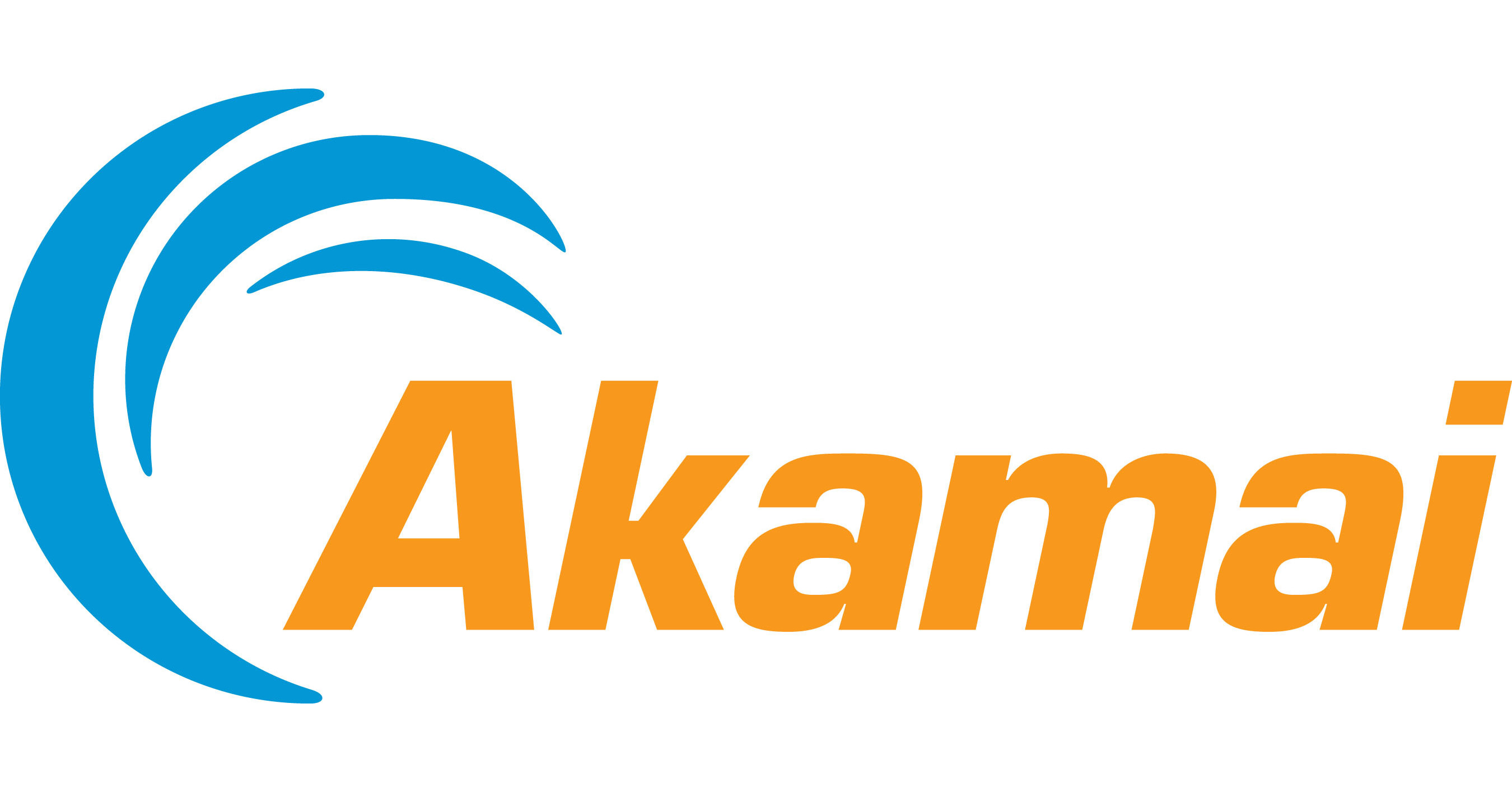Akamai Upgrades Security for Cloud-Based OTT Delivery
CAMBRIDGE, MA—Streaming giant Akamai has announced updates to its Akamai Intelligent Edge Platform to secure and enable cloud-based applications and web-based experiences.

The new capabilities are designed to improve resiliency for apps with automated protections, streamlined workflows, and support for additional apps and use cases; Enable better visibility and insight to facilitate prioritization, streamline decision making, and ensure better business outcomes; save money associated with egress from public clouds, and enhance performance, security and quality for streaming TV experiences, and provide powerful APIs and automation to simplify complex tasks, and empower developers to maintain agile development practices.
"As more companies move their operations and apps to the cloud, they are striving to balance the demands for security and agility, often firefighting point problems instead of directing their digital strategy. They need greater insight, agility and quality from their service provider partners to get there in a cost effective way," said Ari Weil, vice president of product marketing at Akamai. "Akamai is innovating to help organizations meet continuously evolving challenges, threats, and competitive pressures."
[Read: Akamai: Rise Of IoT Devices Causes Some Security Concerns]
As cloud adoption grows, Akamai says it is responding by launching new features in response to the threat from hackers using AI to deploy larger more sophisticated botnets that target web applications. The new enhancements include layer detection methods such as statistical analysis of user behavior, sensor inputs from connected devices, and continuous updates to reputational scoring.
The upgrades to Akamai’s edge security platform support business insight with streamlined workflows and real-time and historical reporting abilities, so that customers can understand the impact that hacker techniques like botnets are having on protected endpoints, the company said. Added agility comes from automated protections and built-in API protection to secure the entire web application footprint, and new client connectors that secure employee and application access from anywhere. Akamai has also expanded its platform for instant DDoS attack mitigation to provide additional capacity and regional coverage.
Akamai is also introducing new features to its Akamai Intelligent Edge to provide real user insights to understand the impact that changes to a web page or application can have on user experience, enabling them to make better decisions. That insight can be leveraged by organizations to implement automated performance and quality improvements, drive delivery efficiency, accelerate rendering, and eliminate errors that negatively affect the user experience. Akamai has also added support for federated development, containerized environments, and microservices architectures, empowering developers to iterate and test site changes and Akamai configurations before deploying them.
Get the TV Tech Newsletter
The professional video industry's #1 source for news, trends and product and tech information. Sign up below.
For media companies seeking to make streaming TV easier and more cost effective from multiple origins – including scenarios where content is hosted by cloud providers, the company is introducing Akamai Direct Connect, designed to help customers achieve reliable, secure and cost effective first-mile transit for linear video. This platform update also provides ultra low latency support for live and linear streaming typically within one-to-two seconds of traditional broadcast, using the common media application format (CMAF). In addition, Akamai Cloud Wrapper is architected to provide flexibility for customers using public clouds, improve offload performance and reduce transit costs. These platform updates will be particularly useful as broadcasters shift more of their content workflows to the cloud.
Tom has covered the broadcast technology market for the past 25 years, including three years handling member communications for the National Association of Broadcasters followed by a year as editor of Video Technology News and DTV Business executive newsletters for Phillips Publishing. In 1999 he launched digitalbroadcasting.com for internet B2B portal Verticalnet. He is also a charter member of the CTA's Academy of Digital TV Pioneers. Since 2001, he has been editor-in-chief of TV Tech (www.tvtech.com), the leading source of news and information on broadcast and related media technology and is a frequent contributor and moderator to the brand’s Tech Leadership events.

